For men aged 20-39 years diagnosed with type 1 diabetes, the mortality rate was 2·6 per 1000 person-years, whereas it was 1·9 per 1000 person-years for men of the same age with type 2 diabetes.. An Australian study compared mortality in 354 people with type 2 diabetes with 470 people with type 1 diabetes aged 15-30 years between 1986.. Introduction. The IDF estimates that the prevalence of diabetes will rise from 425 million people worldwide in 2017, to 629 million by 2045 [].Type 2 diabetes, conventionally considered a disease of middle and older age, is increasingly diagnosed at a younger age [1, 2].Type 2 diabetes and its associated complications contribute to 8.4% of deaths worldwide, consuming significant healthcare.
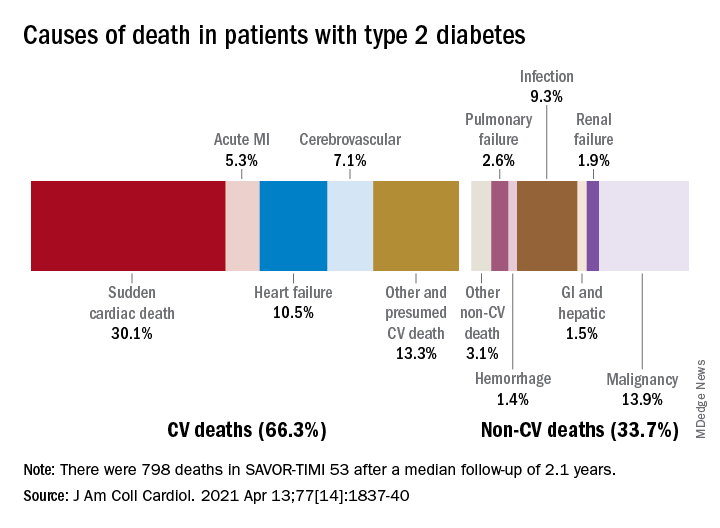
Cardiovascular disease remains leading cause of type 2 diabetes mortality Federal Practitioner

Mortality rate () for diabetes type 2. Download Scientific Diagram

Prevalence of diabetes in adults in South Australia, by agegroup Download Scientific Diagram
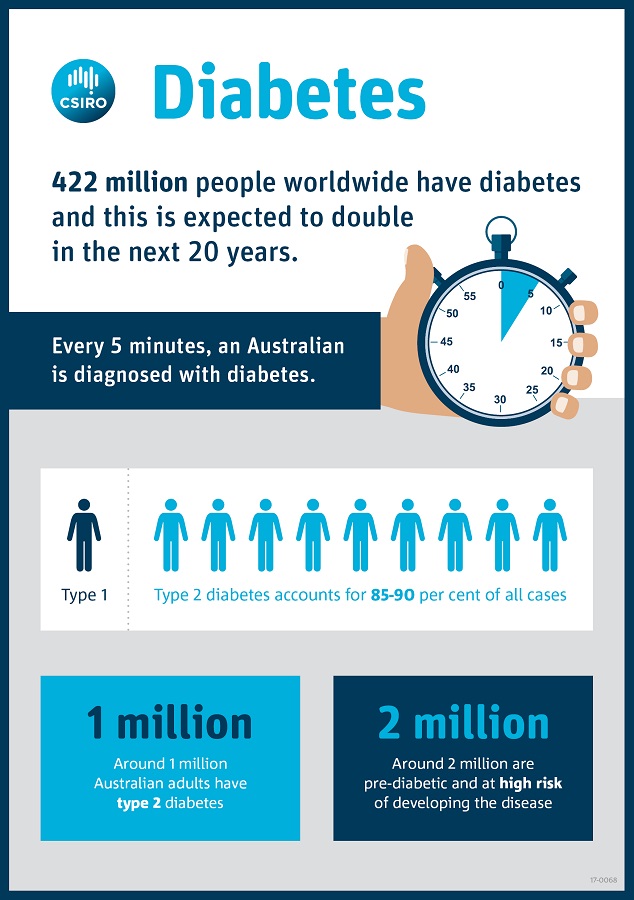
Managing type 2 diabetes how lowcarb diets can help CSIROscope

Changes in type 2 diabetes incidence and mortality associated with introduction of HbA1c as

The Impact of Diabetes in Australia Type 1 & Type 2 numbers in Aus IBD Medical
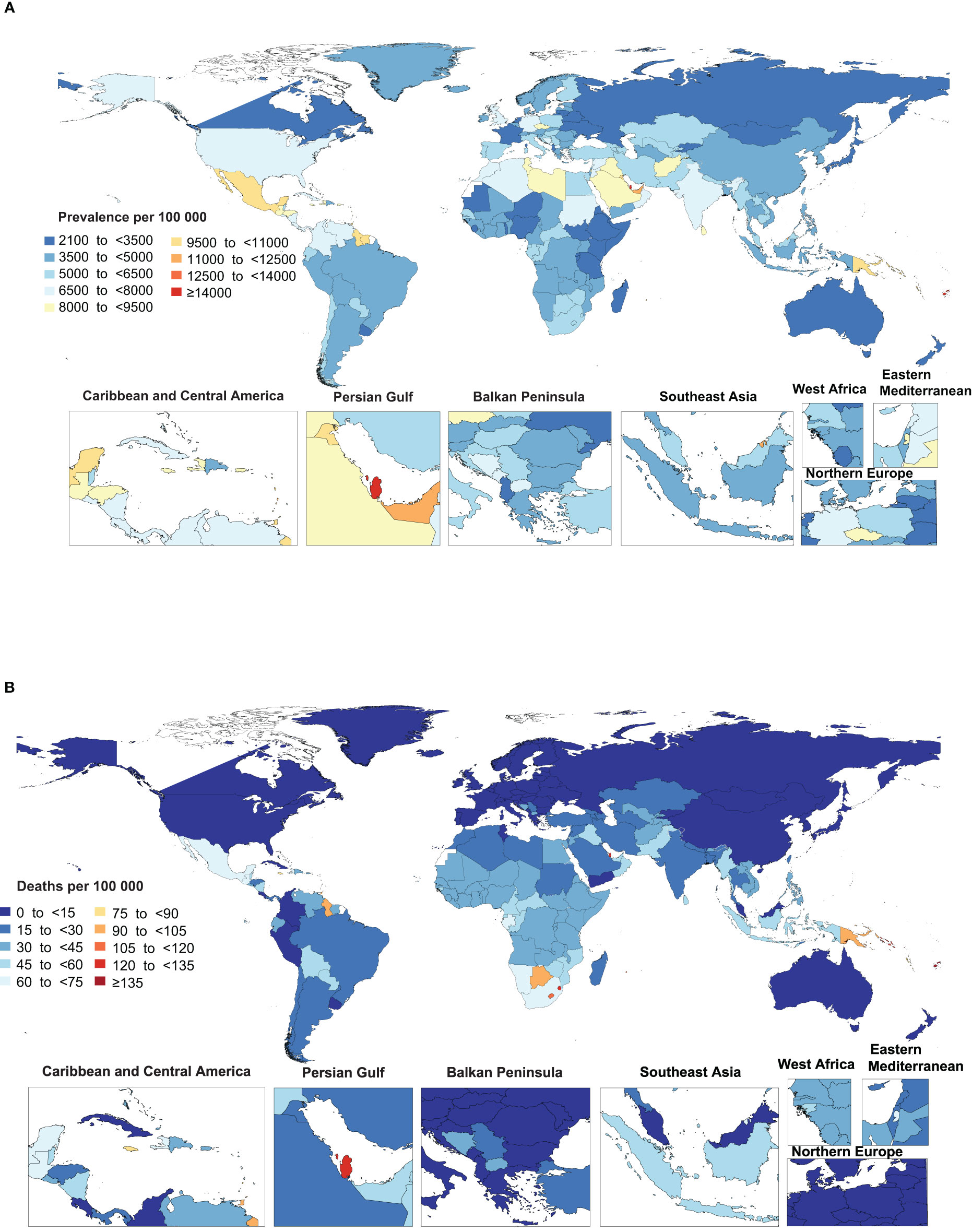
Frontiers Prevalence, Deaths and DisabilityAdjustedLifeYears (DALYs) Due to Type 2 Diabetes

Diabetes mortality and trends before 25 years of age an analysis of the Global Burden of

These are the countries with the highest cases of diabetes World Economic Forum
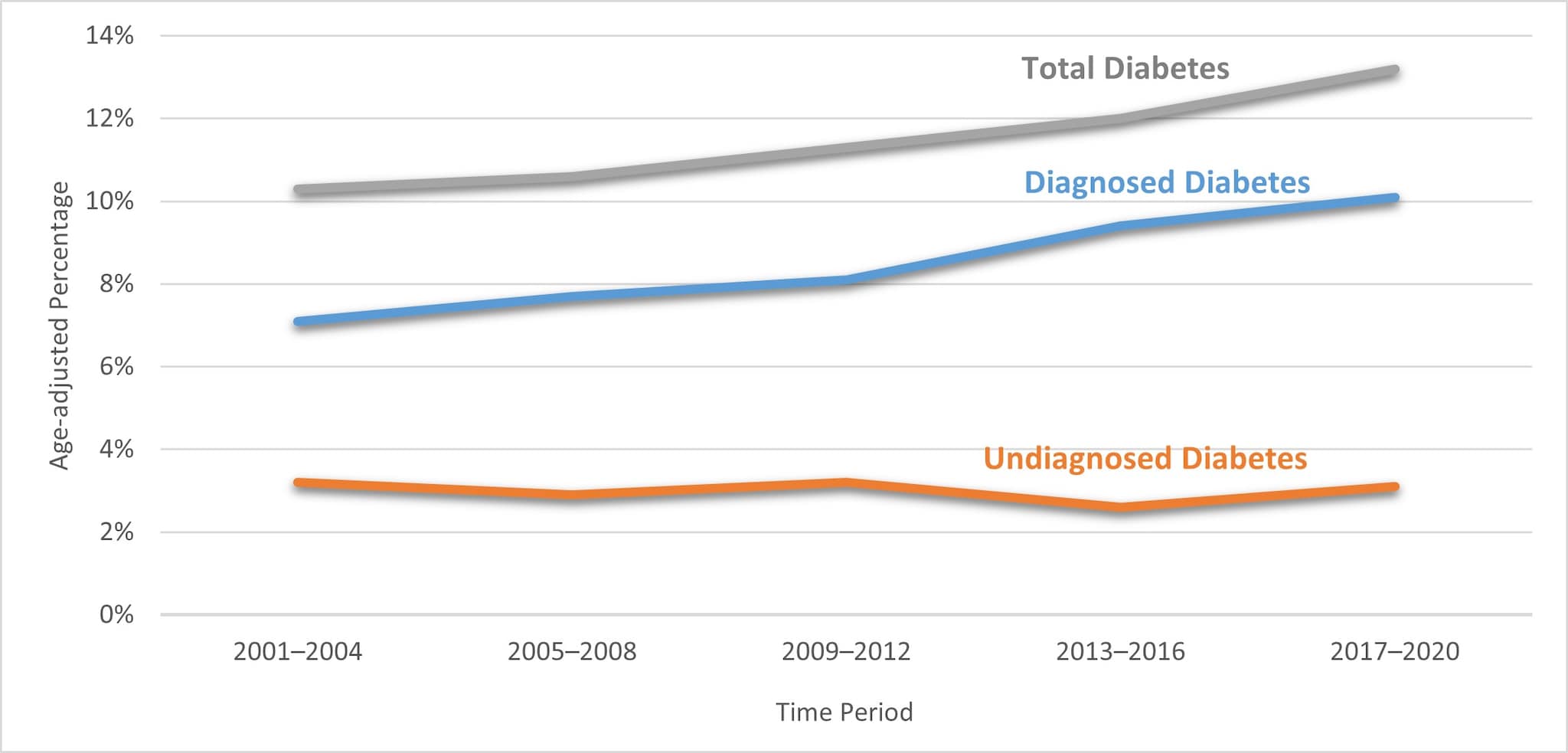
Diabetes Type 2 Graphs
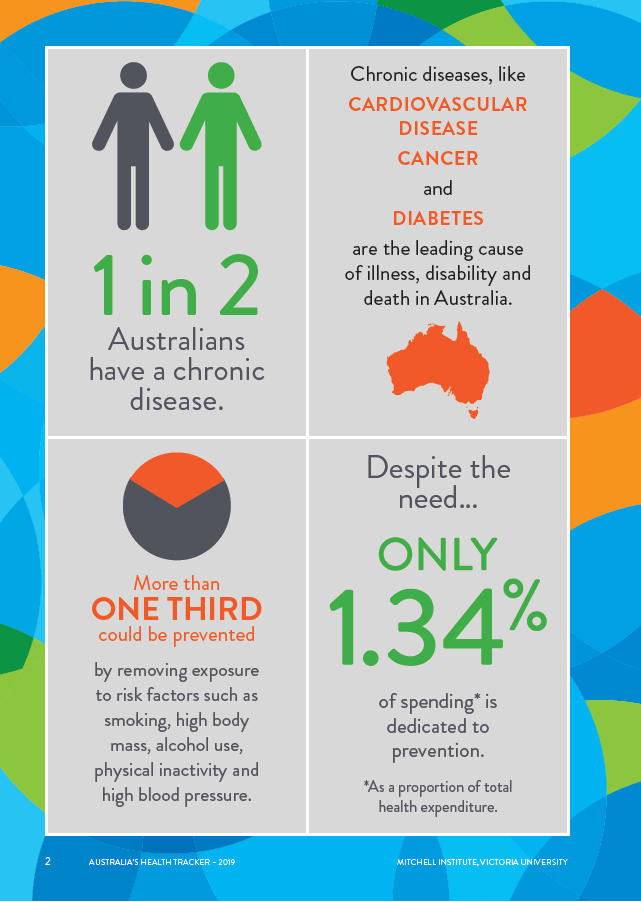
Australia’s health tracker 2019 Victoria University Melbourne Australia

Diabetes Statistics in Australia

Type 2 Diabetes Epidemiology Australia DiabetesWalls

Global and regional diabetes prevalence estimates for 2019 and projections for 2030 and 2045
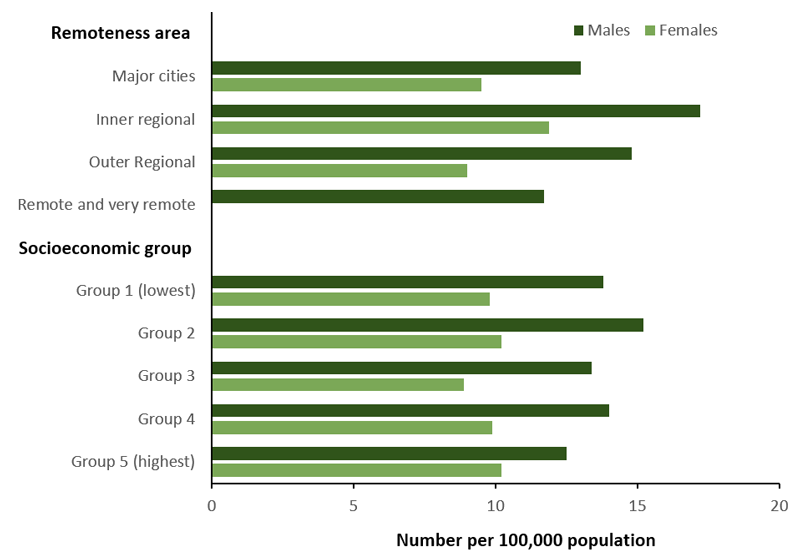
Type 2 Diabetes Epidemiology Australia DiabetesWalls

Diabetes Statistics in Australia
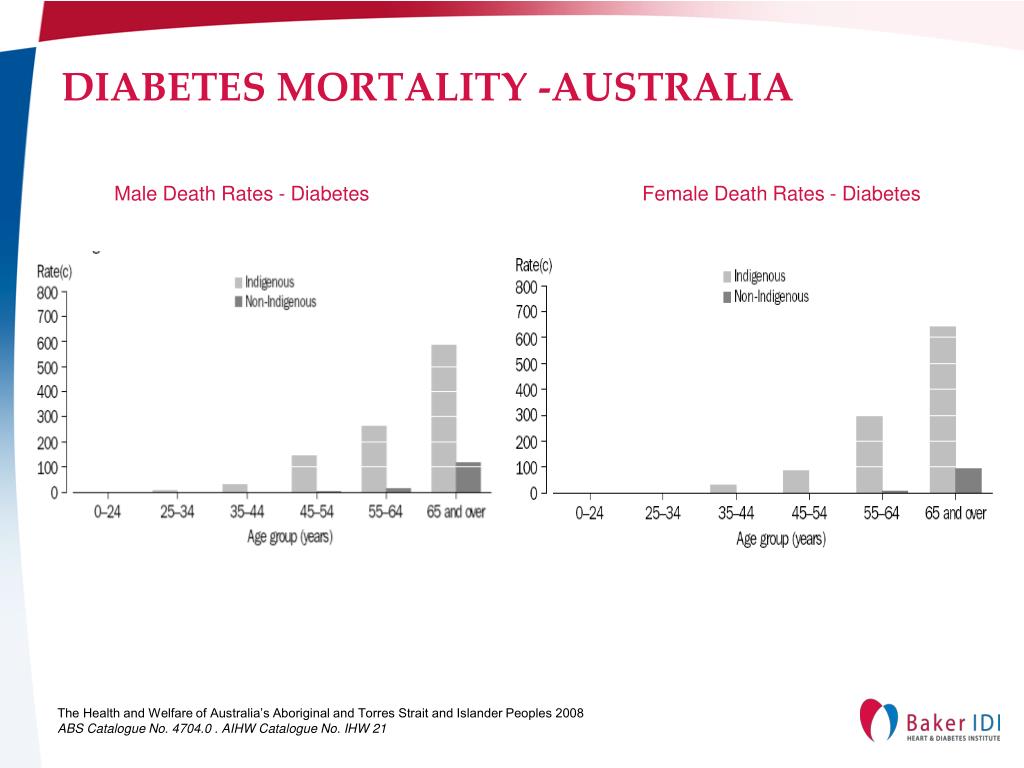
PPT The Burden and Contributors to Cardiovascular Disease and Diabetes in Indigenous
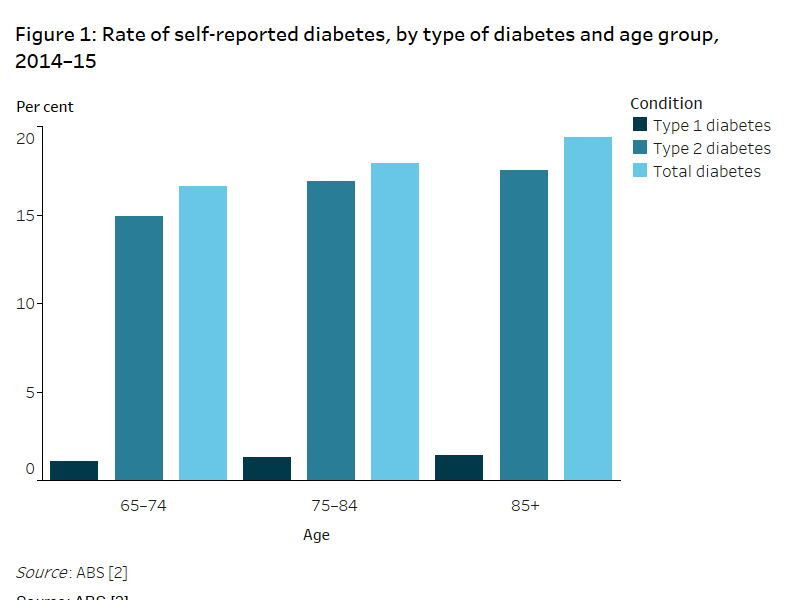
Type 2 Diabetes Epidemiology Australia DiabetesWalls

Snapshot of diabetes in Australia AJP
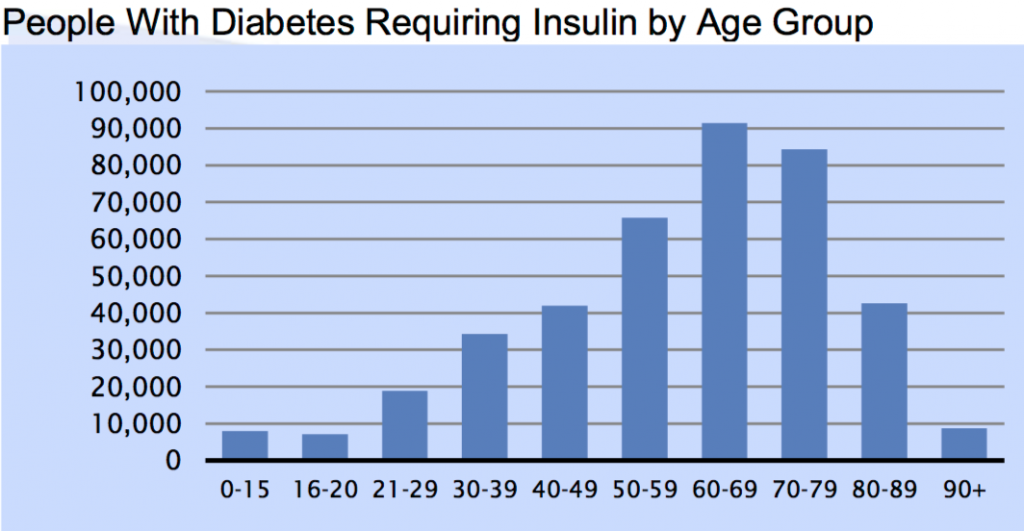
Diabetes population Australian snapshot
Mortality trends among people with type 1 and type 2 diabetes in Australia: 1997-2010 Diabetes Care. 2014 Sep;37(9):2579-86. doi: 10.2337/dc14-0096. Epub 2014 Jun 19. Authors. (CVD) rates among people with diabetes, mortality rates may also be changing. However, these trends may be influenced by coding practices of CVD-related deaths on.. Global and regional trends from 1990 to 2017 of type 2 diabetes for all ages were compiled. Forecast estimates were obtained using the SPSS Time Series Modeler. In 2017, approximately 462 million individuals were affected by type 2 diabetes corresponding to 6.28% of the world's population (4.4% of those aged 15-49 years, 15% of those aged.